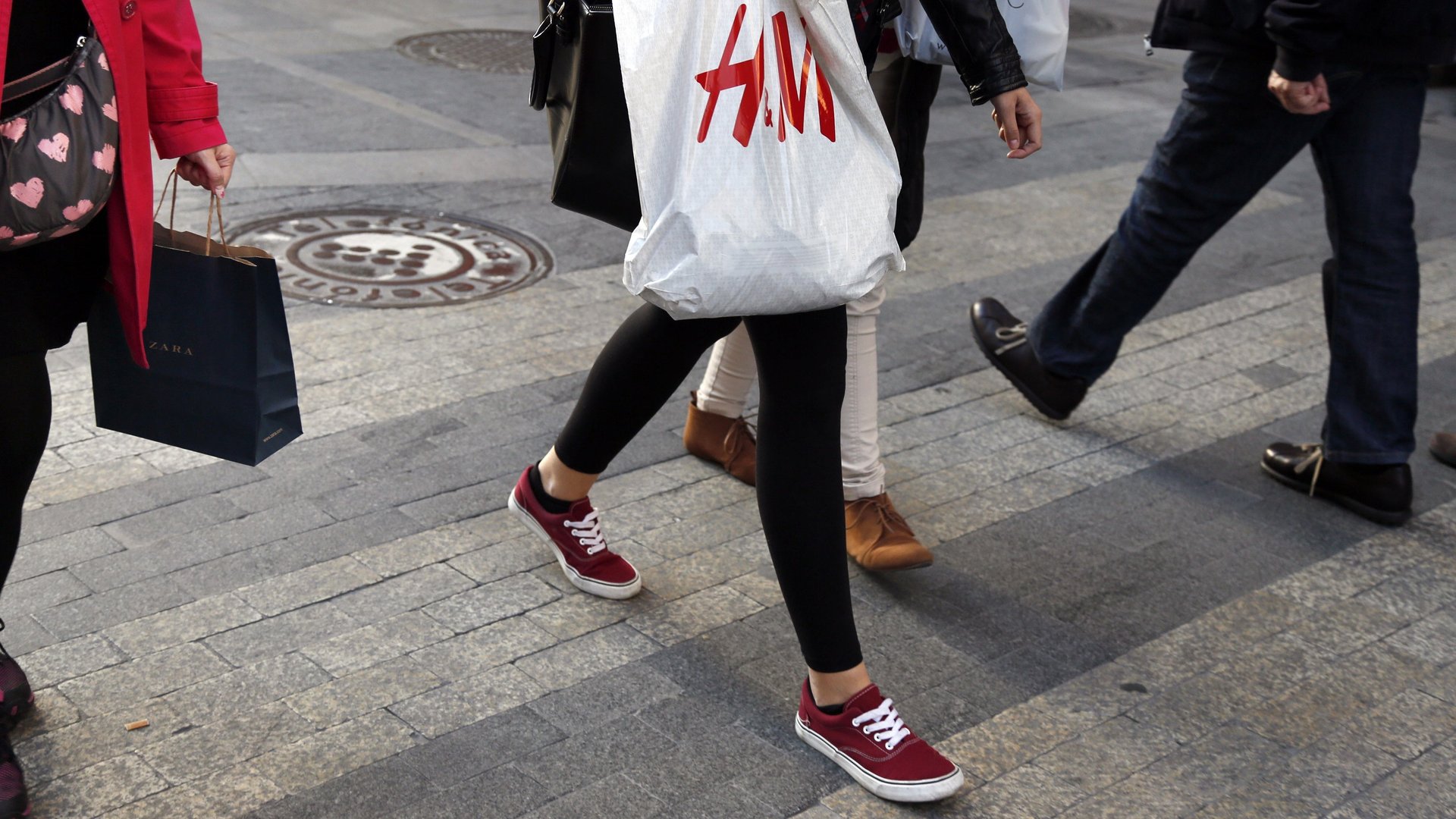This is the untapped, big-spending, fashion-forward customer that apparel brands should covet
Hispanics in the US have been at the center of political conversations for some years, but even more so since presidential hopeful Donald Trump made immigration from Latin America one of his main talking points. People can debate all they want about whether immigration hurts US wages (it doesn’t) and whether children born to immigrants in the US deserve citizenship (they do). But at the end of the day, the country has a large and growing Hispanic population. The smart brands will be the ones who figure out how to sell them stuff, and the apparel market represents a particularly good opportunity.


Hispanics in the US have been at the center of political conversations for some years, but even more so since presidential hopeful Donald Trump made immigration from Latin America one of his main talking points. People can debate all they want about whether immigration hurts US wages (it doesn’t) and whether children born to immigrants in the US deserve citizenship (they do). But at the end of the day, the country has a large and growing Hispanic population. The smart brands will be the ones who figure out how to sell them stuff, and the apparel market represents a particularly good opportunity.
Hispanics in the United States already wield about $1.5 trillion in buying power—up 50% just since 2010—and they’re expected to grow from about 17% of the US population today to at least 29% (pdf) by 2060. On top of that, they’re big clothing shoppers.
A new report by Cotton Inc., a large US organization of cotton growers and importers, found that Hispanic Americans spend an average additional $370 annually on apparel and services compared to non-Hispanics. They’re also more likely than other groups to adopt new looks early, and to buy clothes at the beginning of the season. That means the clothes are generally full-price, which gives retailers better margins on each purchase.
The report highlights one particular market that might benefit substantially by paying attention: athletic clothing. It found that Hispanics are willing to pay 37% more for an activewear outfit than non-Hispanics, and they’re 50% more likely to buy a new outfit when they take up a new activity.
Those stats suggest there’s a great marketing opportunity for brands in the booming—but increasingly crowded—activewear market. And the brands that attract Hispanic shoppers first may see good returns not just now, but also in the years ahead as that demographic grows within the US population.
How might brands do that? By finding Hispanics online, especially on mobile. They shop on their phones more than non-Hispanics, according to Pricewaterhouse Coopers (pdf), and clothing stores are one of the places they purchase from most frequently. In fact, they spend 20% of their dollars online, and tend to spend more per buying visit than non-Hispanics.
For apparel labels, catering to Hispanics is a no-brainer, regardless of what politicians may think.